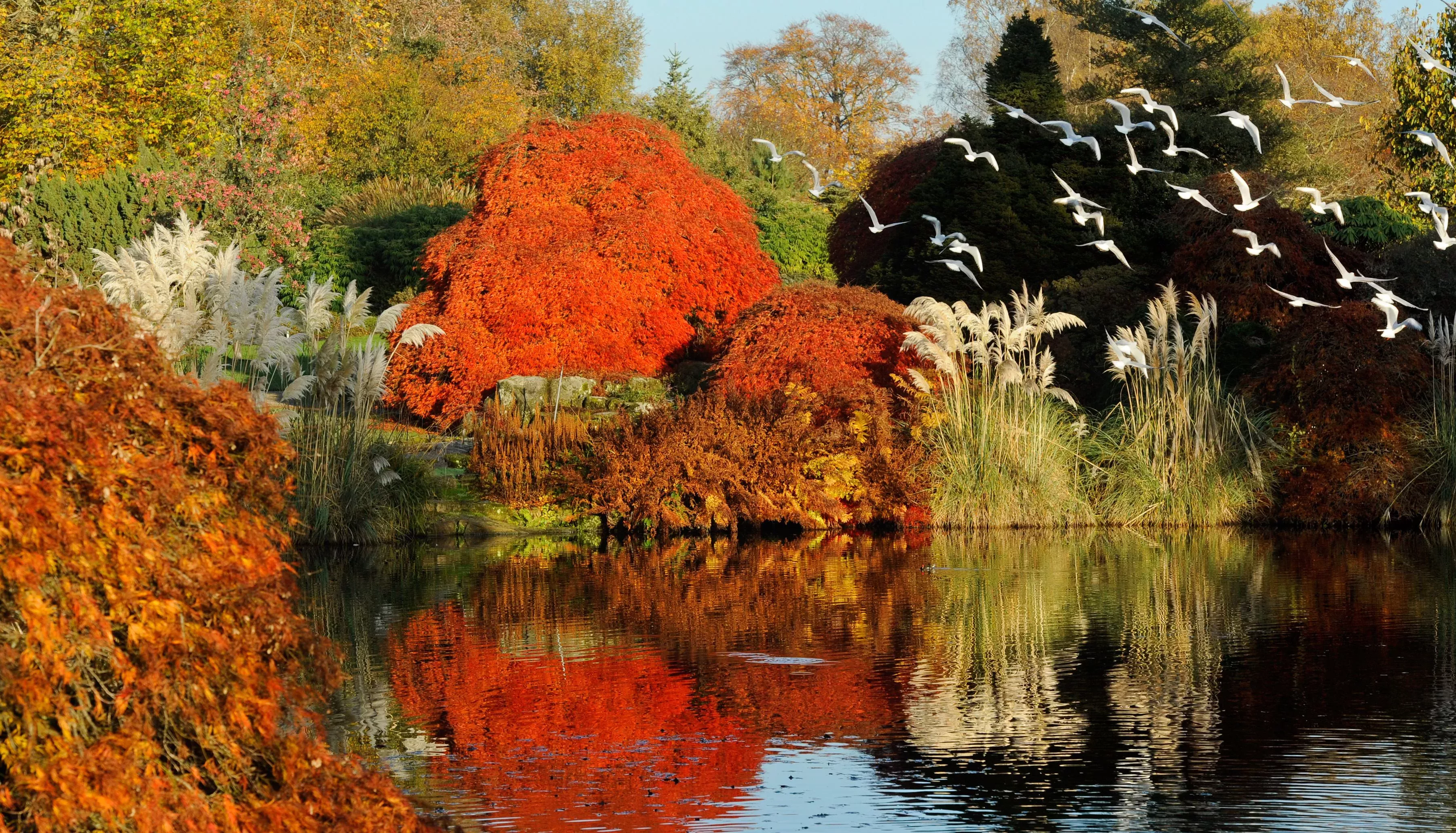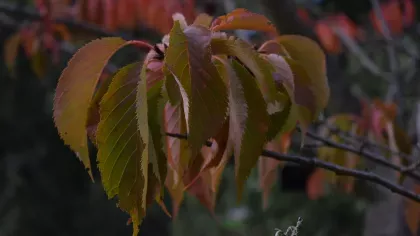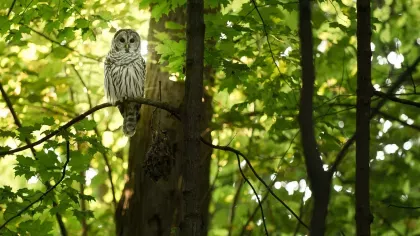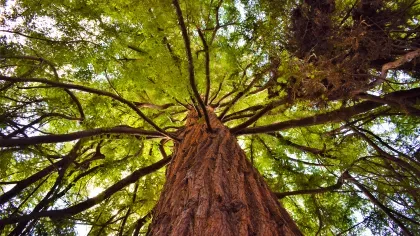27 September 2019
Capturing autumn at Wakehurst
Wakehurst bursts into colour every autumn. For the budding photographer, here are some handy tips to capture its beauty.

Catch that light
The late evening and early morning light is the best time for taking that perfect photo.
The ‘golden hour’ arrives when the sun starts to weaken and throws the landscape under a gorgeous glow.
Time your picture taking right, and you won’t have to adjust your settings too much as the light becomes naturally warm and soft. Play with your shutter speed; a longer one will let more light in. #nofilter required.
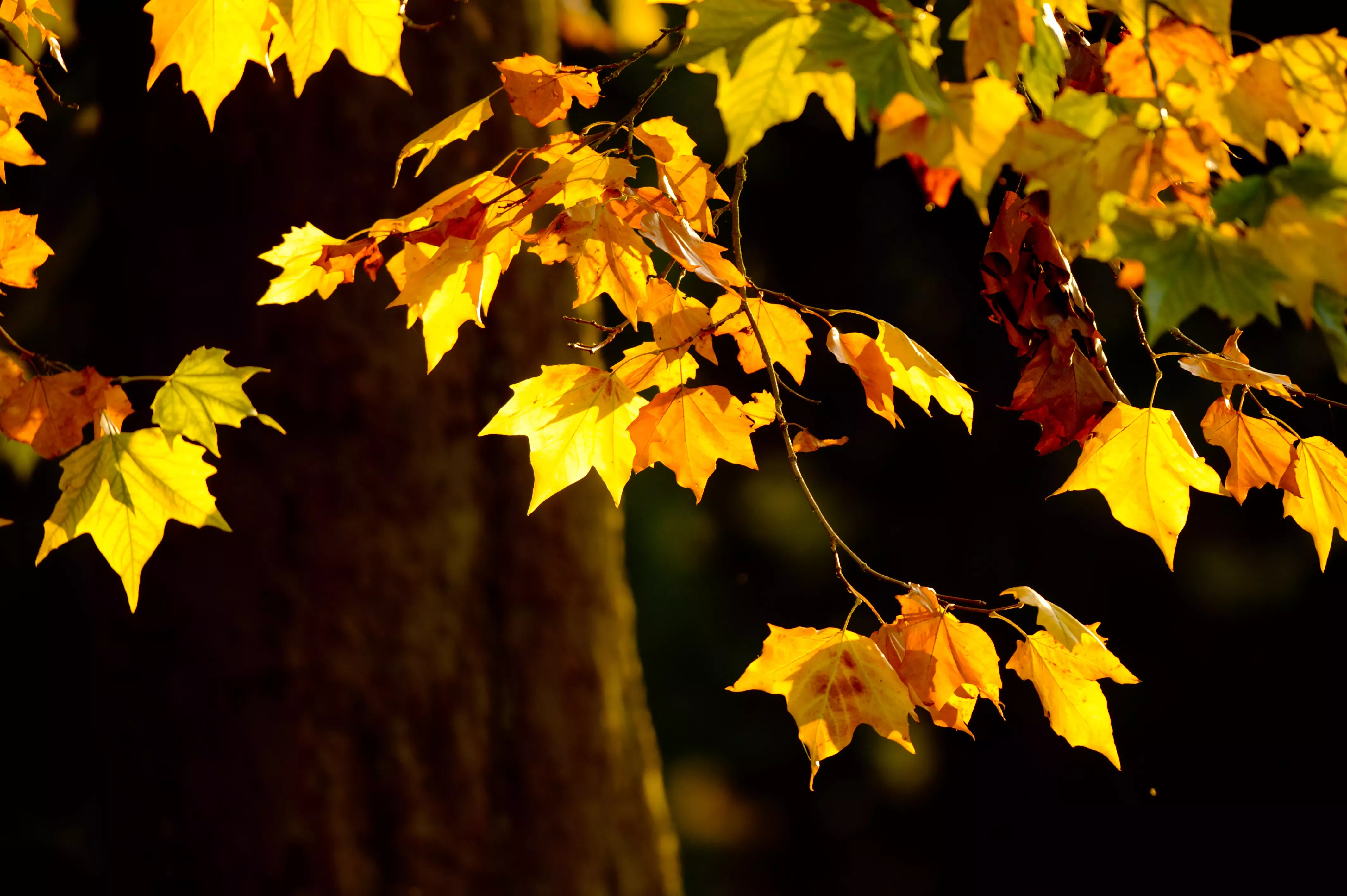
Bursting into colour
Autumn makes a great photography subject because of the stunning colours dressing all the trees.
The multi-coloured effect is caused by green chlorophyll breaking down in the leaves and then recycled to reveal the orange and yellow pigments.
Wakehurst’s woodlands are scattered with seasonal vibrant reds, burnt oranges and sunset yellows. You might even find a seasonal pink and purple in there.
Keep an eye out for the contrasting colours, especially if it’s overcast. A bright red tree against a rainy backdrop can really make that photo pop.

Picture the textures
As leaves and conkers fall to the ground, you’ve got ample opportunity to bring some texture and autumn detail into your image.
You can focus on skeletons and veins of a dried out leaf.
Early morning dew can add that extra sparkle. A crispy petal or cracked twig turns an imperfection into beauty. Fungi can be overlooked but a macro lens will pick up the detail, adding a layer of life to the final picture.
Look down onto the forest floor and see what you can find.
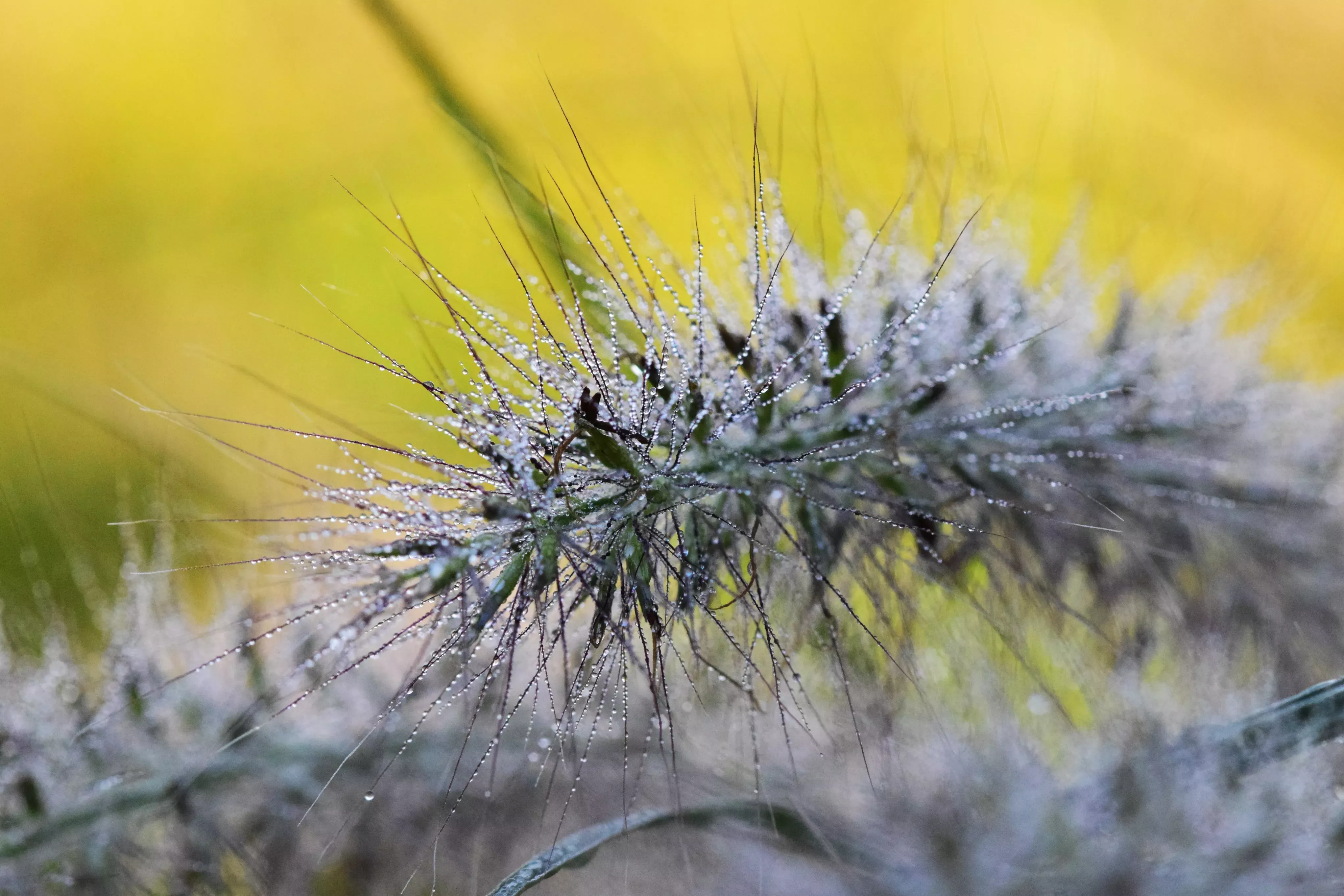
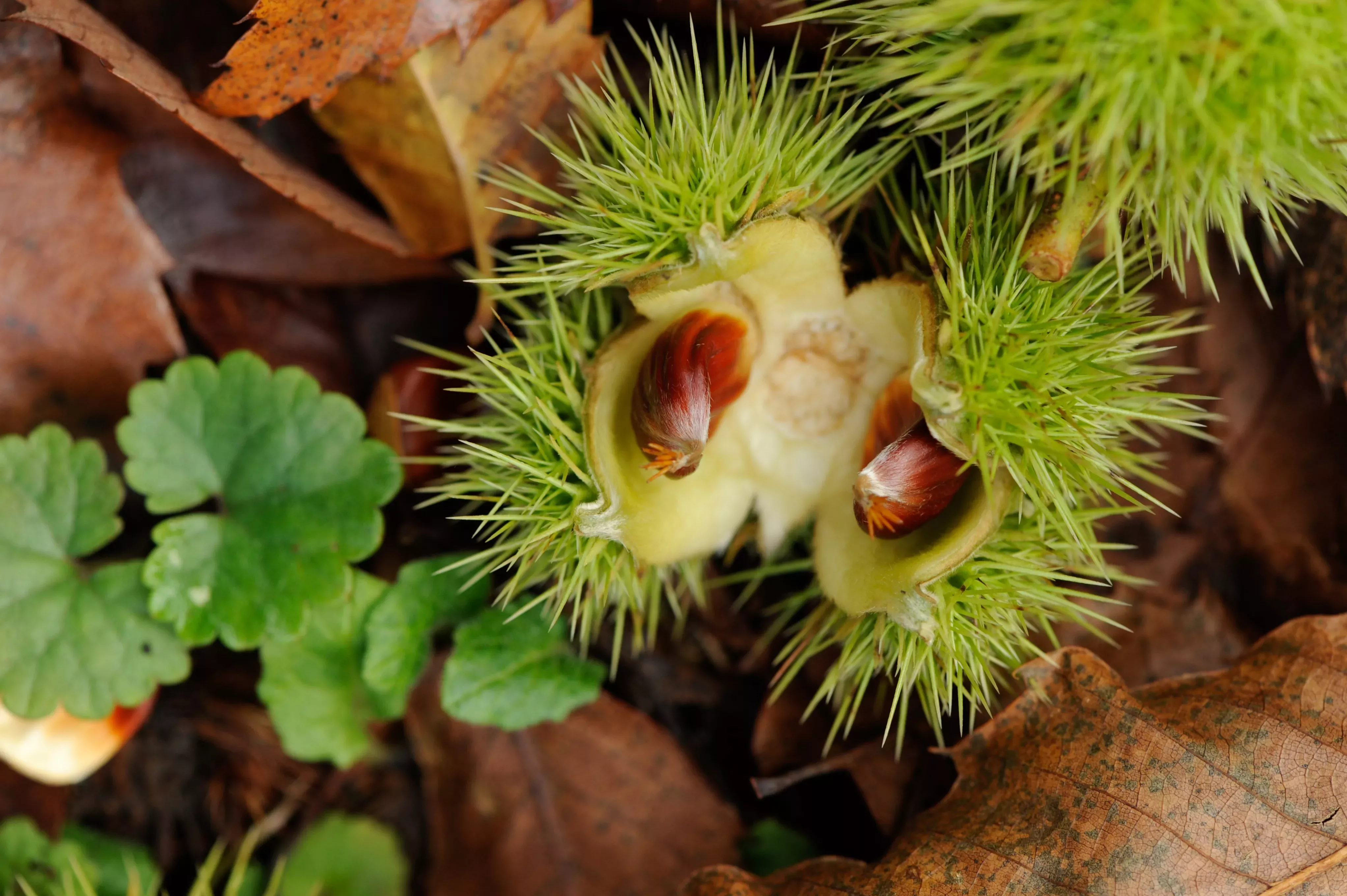
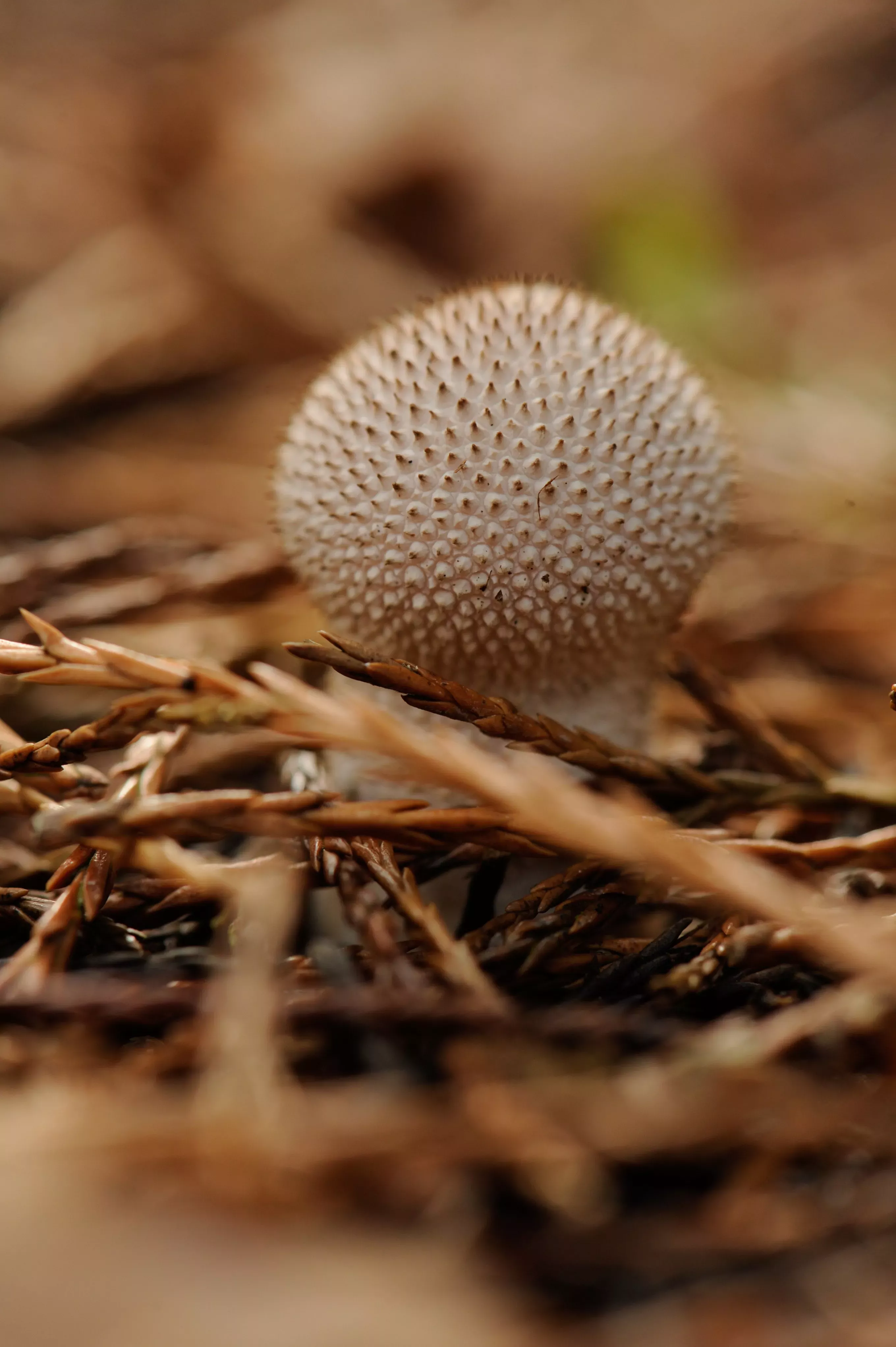
Get the best composition
Use the Rule of Thirds to get the right balance and composition in your shot.
Imagine your image is broken down into two horizontal lines and two vertical ones, giving a grid effect. Use the lines and the points where they meet to line up the most important part of your image.
For a nature scene, you can line the horizon of a landscape along one of the horizontal lines, or maybe a leaf against one of the intersections and your image will instantly feel more balanced. For activities, you can add the action along any of those lines or meeting points.
Most cameras or smart phones will have a setting that shows the grid on your viewing screen.
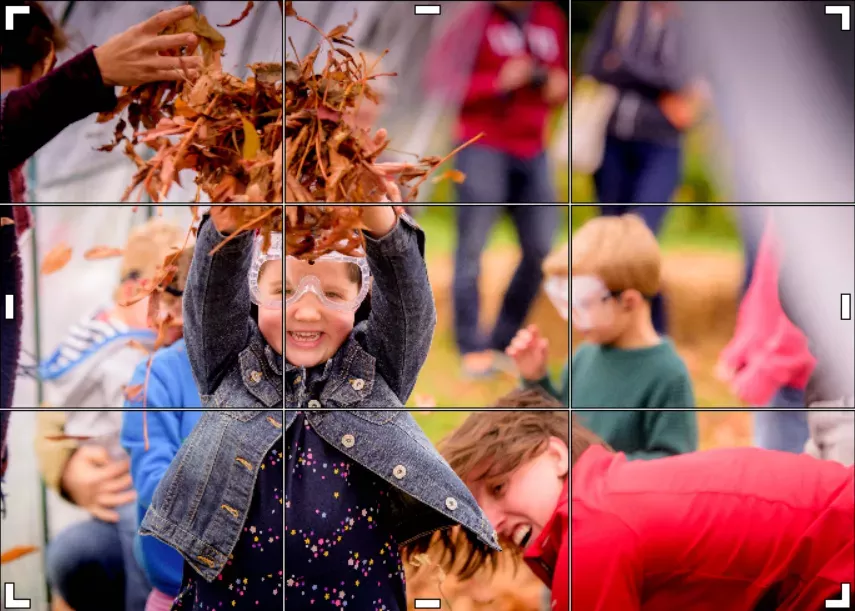
Think about foreground
To add depth to a landscape photo and bring it to life, try experimenting with the foreground (the objects in the image that are closest to you). Having a strong foreground frames your scene and draws the eye into the image.
Play around with the position you're standing in. Try shooting from a position where leaves, branches or plants are at the front of your composition.
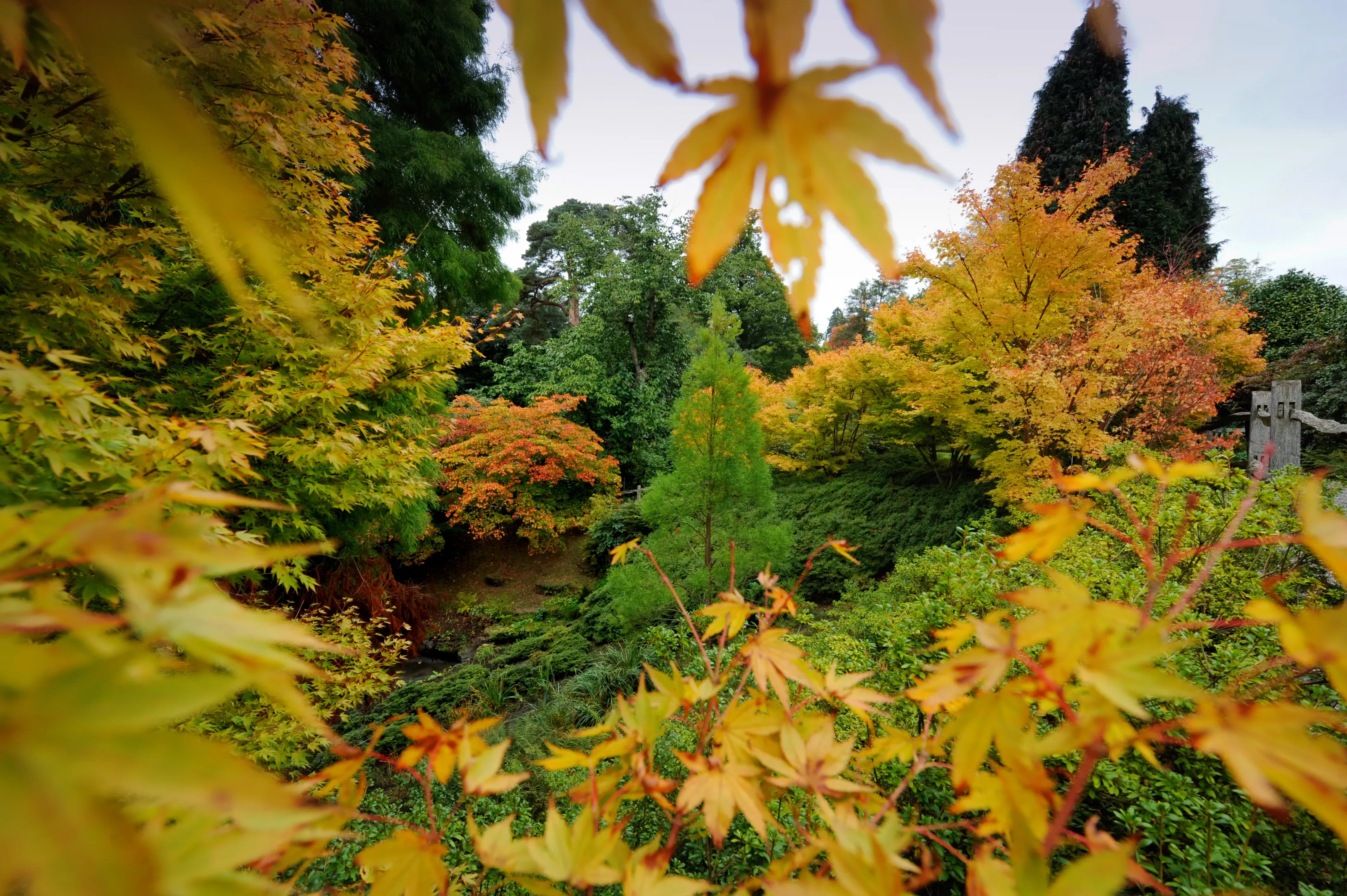
Big views
You don’t have to go straight into the detail of your shot to bring autumn to life.
Scattered across Wakehurst are secret spots giving you sweeping vistas of the landscape.
Walk to the Loder Valley for that true panoramic view. Bethlehem Wood has a golden curtain of beech trees. Walk from Bloomers Valley to Coates Wood to see a cascade of colour, from North American showstoppers trees to mighty redwoods.
Or take a mindful moment at Westwood Lake where the tranquil waters mirror the multicoloured landscape, making a stunning effect.
